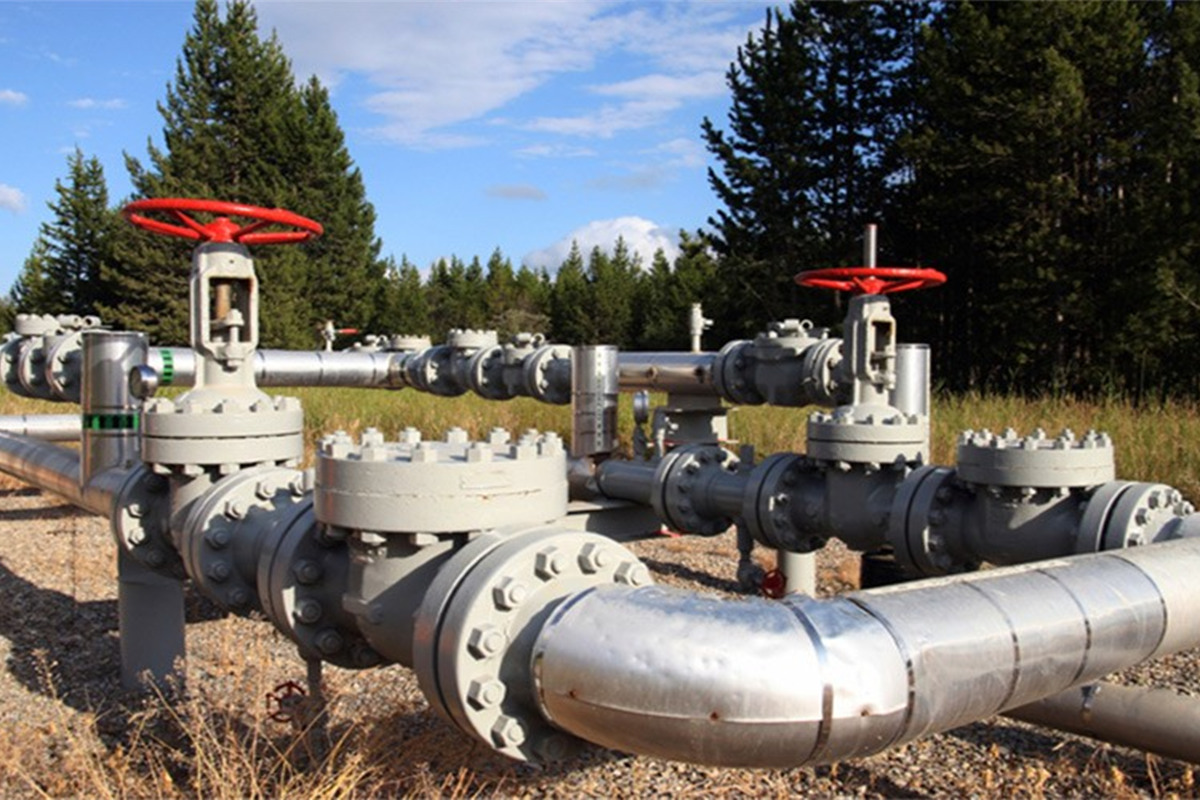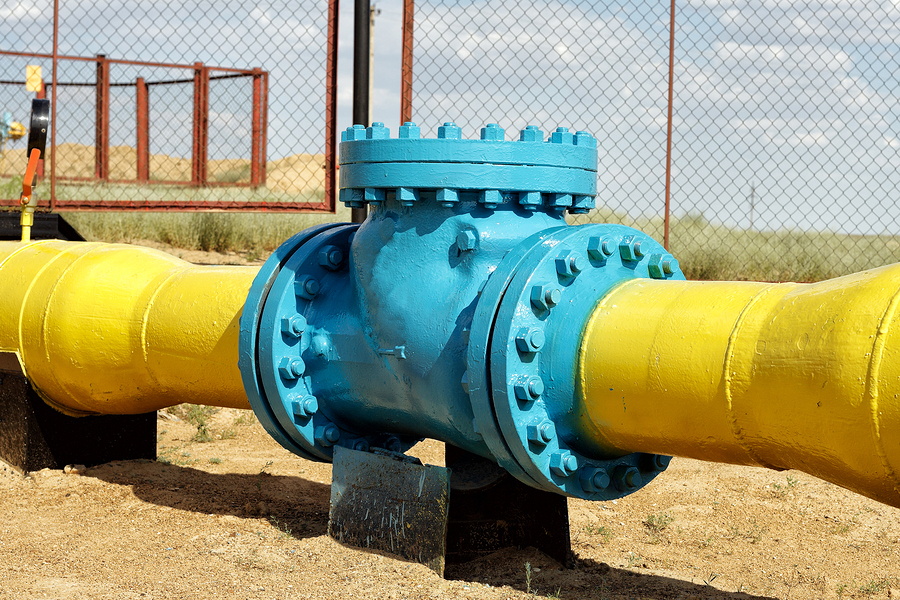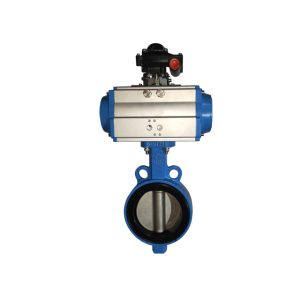Table of Contents
ToggleIf you want to control or regulate the flow of different types of mediums, it is best to invest in throttling valves. These valves come with throttling capabilities and can easily regulate the pressure as well as the temperature of the medium.
Throttling valves are characterized by their ability to regulate the flow rate of gases, water, and steam below a specified limit. The throttling action is achieved by varying the piping system’s pressure and temperature to ensure the flow of gas or water is within acceptable limits. A throttling valve can be manually operated or automatically activated.
Pinch, needle, and angle valves are all commonly used for throttling. If you want to know more about throttling valves, continue reading this article. 
What Are Throttling Valves
Throttling valves are used in many industrial processes where the fluid needs to be lowered in pressure. The process is called throttling because when the fluid expands in a higher pressure area, the energy used to increase the pressure is lost as it decompresses into the lower pressure area.
Throttling valves can easily open and close the flow along with regulating function. It means you will have complete control over the flow. These valves are also known as regulator valves. They come with a disc that helps to regulate the flow in the valve. These valves are specially designed for throttling mechanisms.
Throttling valves are ideal for many systems, as their installed flow characteristics are similar. They offer fine throttling at low capacities and equal-percentage characteristics at higher capacities. Throttling valves also exhibit excellent controllability and are tolerant of oversizing.
Which valves are better for throttling
There are several types of valves that can be used for throttling, including globe valves, butterfly valves, and gate and needle-type valves. We’ll look at each of these valves in greater detail so that you can make a decision based on your specific needs.
-
Pinch Valves
When it comes to choosing a throttle control device, pinch valves are an excellent choice. They are easy to install and operate, and their minimal frictional resistance means they won’t clog. They’re also among the lightest types of valves. Pinch valves are also one of the easiest to maintain. Installing pinch valves is easy, and maintenance is minimal. Pinch valve sleeve replacement is rare. Unlike other types of valves, pinch valves are effective for controlling mass flow and regulating air pressure. Their throttling range is anywhere from 10 to 95% of their maximum flow capacity.
The primary difference between Globe Valves that can be used for throttle and other types of valves is the disc type. The disc in globe valves is designed with a long, tapered configuration and wide bearing surface, providing maximum resistance to the fluid stream. Gate valves are typically designed with a disc on the end of the stem and operate by a wheel. While they do provide a tight shutoff, they are also ideal for throttling applications.
Butterfly valves are another common type. They have a disc that pivots at right angles to the flow path and seals against seats in the valve body when fully opened. Butterfly valves have excellent throttling characteristics. They can respond to both pressures and flow so that the flow response is linear. Butterfly valves are also compact and easy to use and have high rangeability. In addition to throttling, they have good rangeability.
Gate valves are also used for throttling. Unlike globe valves, they open and close only when the pierced portion of the disk is exposed. However, they do not exhibit linear flow characteristics when partially closed. Because they are prone to seat wear, plug valves are more difficult to repair than their global counterparts. Further, plug valves are more difficult to maintain than globe valves, and their internal parts are likely to wear out more quickly.
-
Needle Valves
Needle Valves can be either manual or electric. The former is better for precise flow regulation. Manually operated needle valves require several rotations of the screw handle to adjust the plunger, which regulates the flow of the fluid. Needle valves are also better for automatic combustion control systems, gas bleeder lines, and sample points in piping. They don’t require a lot of space to install and can throttle small volumes of fluid. These valves can be used for throttling.

In Summary
Most valves have limited throttling capacity, and it is wise to choose the right valve for the specific situation.
Reference valves guidance resource: Valves Used In The Oil And Gas Industry 2022: A Complete Guide
Reference valve manufacturer resource: Top 10 Industrial Valve Manufacturers To Consider In 2022










